His work: https://www.lensculture.com/articles/christian-rodriguez-motobaik#slideshow
Christian Rodriguez investigates themes related to gender and identity by working with communities all over the world. His work has been published in The National Geographic, The New York Times, The Guardian and The New Yorker.
Motobaik is a term which refers to scooters in Vietnam, he has done a projected exploring Vietnamese women who wear specially designed fashionable motorbike jackets which almost cover their faces and hands when they ride. This relates to my project as i am exploring mouth masks and gas masks which cover my models face.
This project is similar to mine as the jackets cover their faces which is similar to what my mouth mask ans gas mask do. The women do this because they want to avoid the pollution caused by so many motorbikes and they also use it a sun protection. They do this because of beauty standards in Vietnam, having paler skin shows a higher socioeconomic status because it shows that you work in a place with no sun exposure. His photos are a mixture of formal portraiture as well as environmental portraiture, there seems to be a standard pattern for designer jacket with floral/colourful patterns being the primary design. All of his photos have a standard and consistent composition which is the same for each photograph.
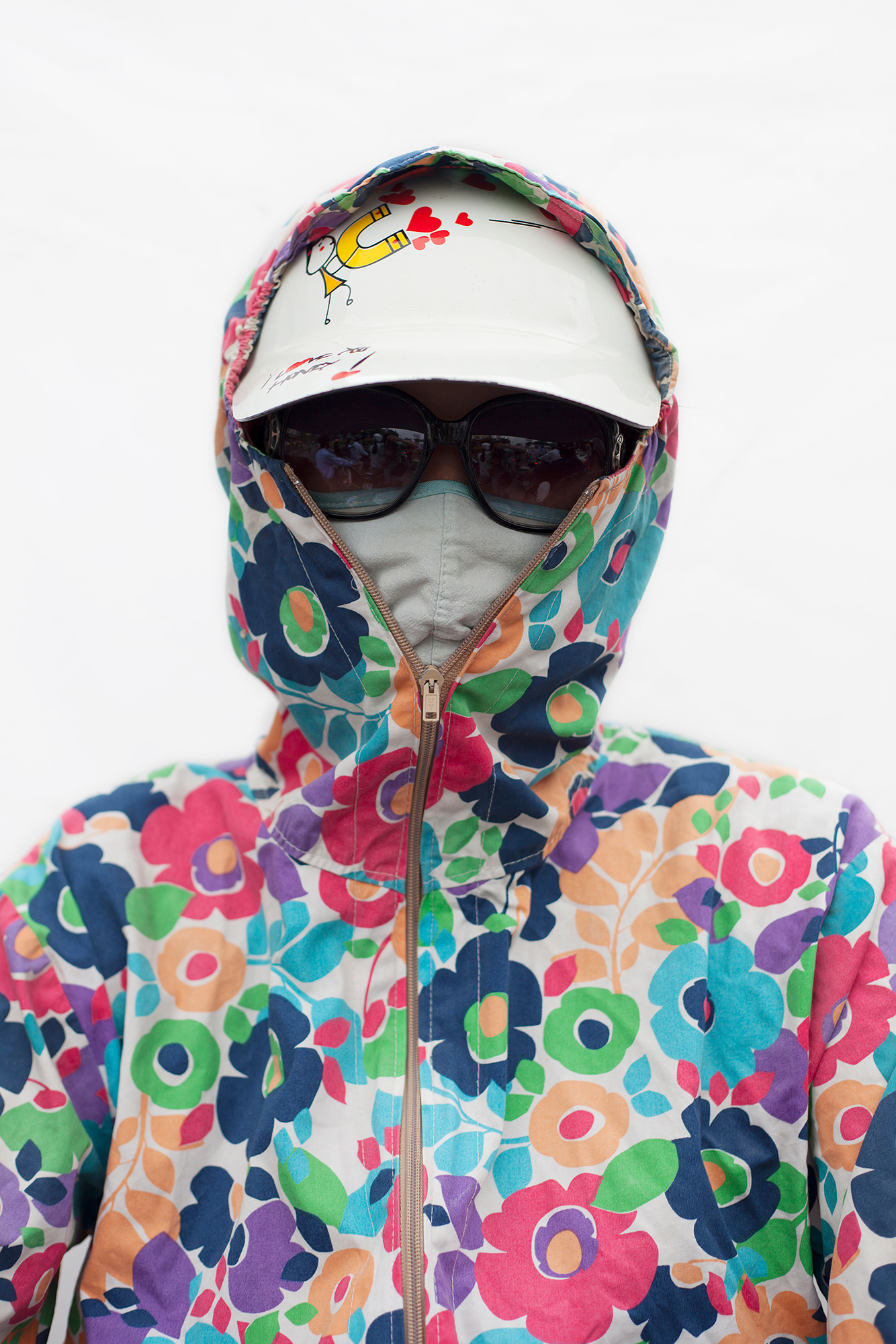
This portrait is fairly formal as there is nothing in the background to distract the eye from the women in the centre of the image, also by having a completely grey background could represent the smoke and pollution caused by the 37 million motorbikes travelling at rush hour. The floral coat stands out from the image which is what attracts the eye to begin with, this directs our vision to the full covered face on the women so that no smoke or sun can get through. The mask underneath is used for the pollution and this creates different depths to the image as the coat is on top and is what we see first then the cloth mask is what we see next. The glasses keep the anonymity of the women which makes the viewer wonder what she looks like and what kind of emotion she is showing underneath the glasses, mask and coat. The coat which the women is wearing is to protect her from the sun but it does not match her floral jacket but it blends in with the pale grey background which is why it is not noticed straight away. Within the image, there are four different types of what as there is the grey/white of thr background, the bright white of the cap, beige/white of the jacket and the dirty white of the mask. These all work together to create a consistent composition of the image. This image has no hidden meaning as Christian Rodriguez project of Motobaik is very clear and the description is clear.
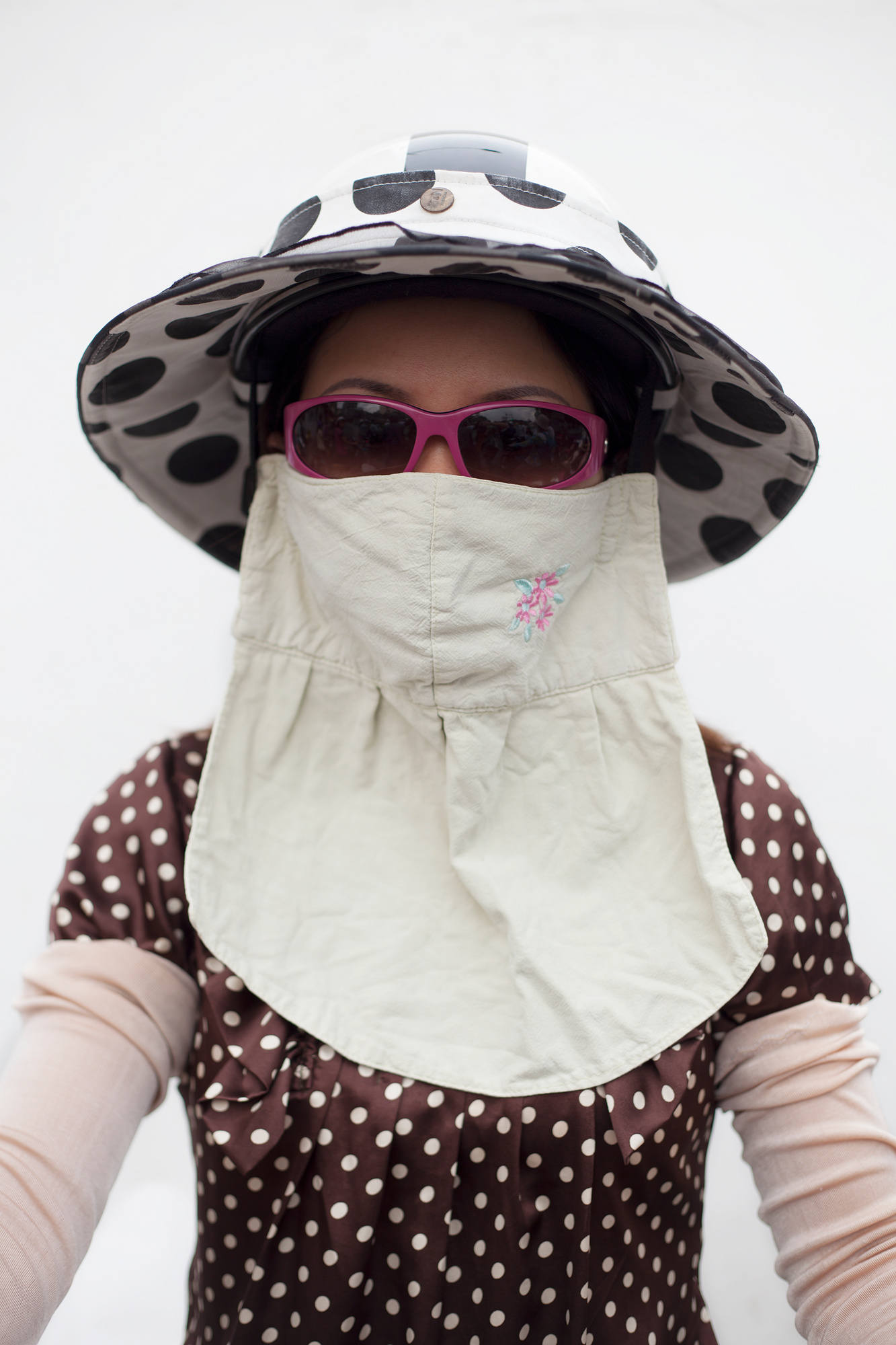
This portrait differs from the others as the women is not wearing a jacket but she is wearing a bib like cloth mouth mask to protect her against the pollution, she is also wearing sunglasses and a hat to protect her against the sun so that her skin does not tan more as otherwise it will symbolize a low socioeconomic status. Like the other images, the background is a grey/white which for me symbolizes the pollution in the air during rush hour which is caused by motorbikes and cars. The different patterns of her outfit clash which does not make for perfect composition however as this is an environmental portrait, Rodriguez does not have control over what they wear when he photographs them. There seems to be a trend with the women he chooses to photograph as they are all wearing bold patterns and it is not clear that all women wear patterns like this but it seems to be a sign of being of a higher socioeconomic status because they can afford face masks, hats, glasses and jackets etc.. This image has the same composition as all the other images when it comes to the women’s faces in the sense that almost all the women preserve their identity with sunglasses or a low hat and Rodriguez respects this and does not ask for the glasses to be removed as they also protect their eyes against the smoke and sun. This is the only women out of my gallery to be wearing a different form of hot to a cap or a helmet, this could potentially be because she is not wearing a jacket for the cap to stay on or because she does not like it.
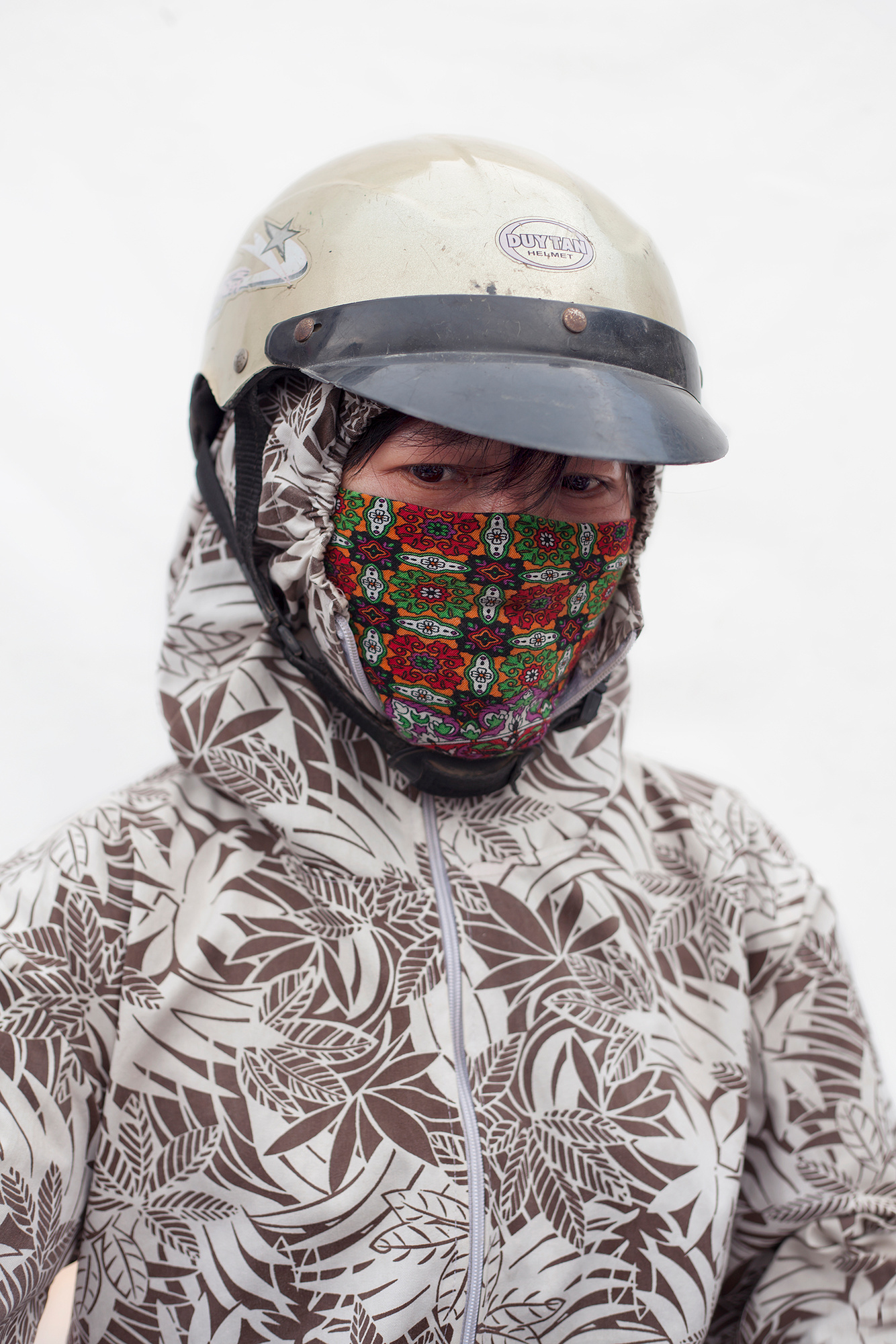
This is the only women out of my gallery of images which who has not covered her identity/eyes with sunglasses or hats. Also her jacket is not as colourful as the other women and she matches with the colours of the women above. Rodriguez has kept the same consistent grey/white background which could represent pollution. This women is the only one who is wearing a colorful mouth mask which is interesting because her jacket is lacking in colour which is why the viewers eyes are attracted to the colourful mouth mask which is protecting her from pollution. She is also wearing a helmet which is similar to a cap as it protects her eyes from the sun which is potentially why she is not using sunglasses. The mouth mask is the only colour in the whole image which is why it stands out so dramatically and makes the image much more interesting than the rest as she does not fit with all the women yet and the same time she does. The eyes of the women show lots of emotion almost sadness but we do not know, possibly because she has to wear all of this just to fit in with beauty standards in Vietnam and protect herself against the high levels of pollution during rush hour.







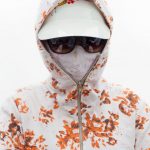

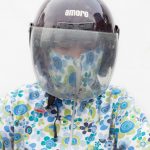





 As the book progresses the images appear to get darker, evoking a more eerie narrative, making the viewer question he mental state of the character.
As the book progresses the images appear to get darker, evoking a more eerie narrative, making the viewer question he mental state of the character. the images then progressively get lighter, suggesting the return of day, the book follows a fairly chronological narrative. the first image below I used a portrait photo of Ryan in his bed which is an important part in evoking the enigma that the character could have possibly been dreaming.
the images then progressively get lighter, suggesting the return of day, the book follows a fairly chronological narrative. the first image below I used a portrait photo of Ryan in his bed which is an important part in evoking the enigma that the character could have possibly been dreaming. I wanted to finish the book with a closeup and picked a high contrast photograph. the book then finished with the quote ‘Carpe Noctem’, adding mystery to the viewer.
I wanted to finish the book with a closeup and picked a high contrast photograph. the book then finished with the quote ‘Carpe Noctem’, adding mystery to the viewer.






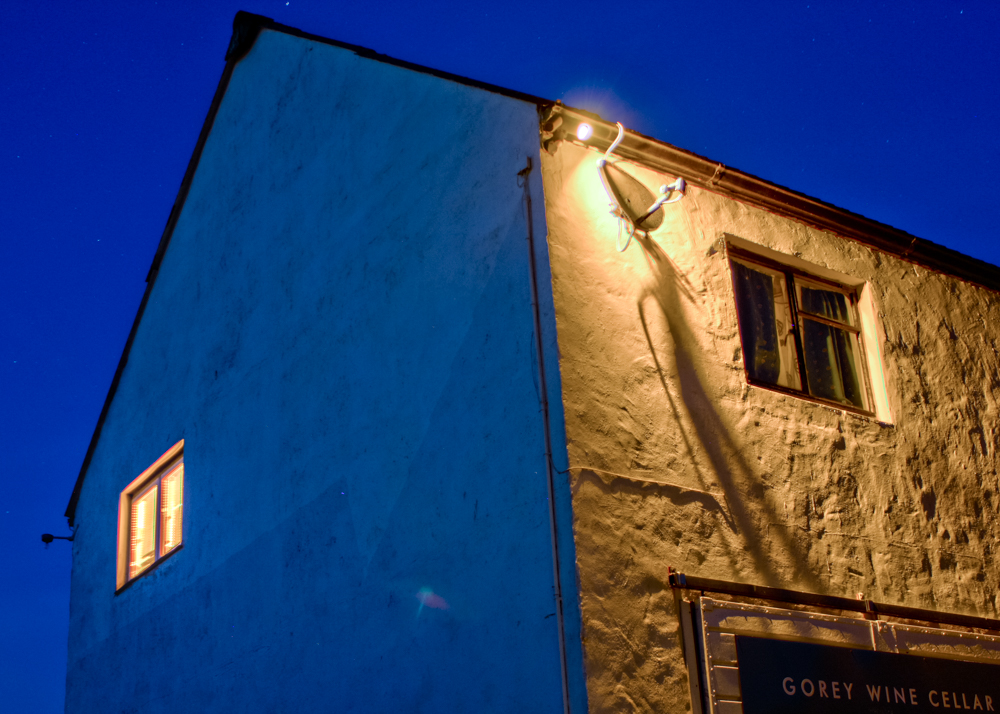

 As you can see the image is blurry which is why the photo will look pixelated when printed or in my book but this will add a different look to my images as my book is a combination of many different things which is why i want to combine many different appearances to my images. It could also represent the blurred vision of the world as the media hides the real problems by covering stories which aren’t relevant to helping the world. This is not the strongest image in this series but my models eyes make the image eye catching which is why i will use it in my photo book and it will be part of my finals.
As you can see the image is blurry which is why the photo will look pixelated when printed or in my book but this will add a different look to my images as my book is a combination of many different things which is why i want to combine many different appearances to my images. It could also represent the blurred vision of the world as the media hides the real problems by covering stories which aren’t relevant to helping the world. This is not the strongest image in this series but my models eyes make the image eye catching which is why i will use it in my photo book and it will be part of my finals.





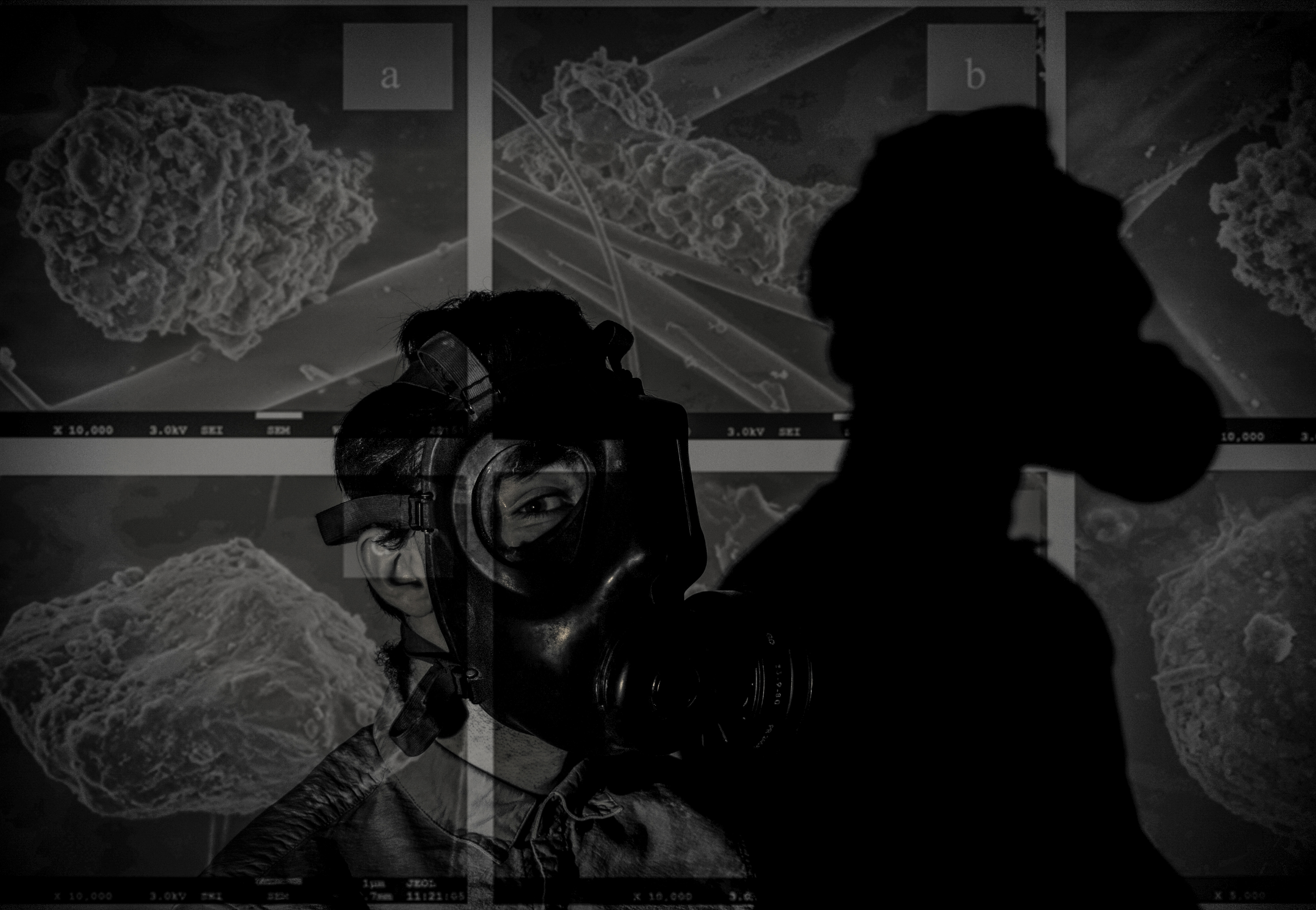

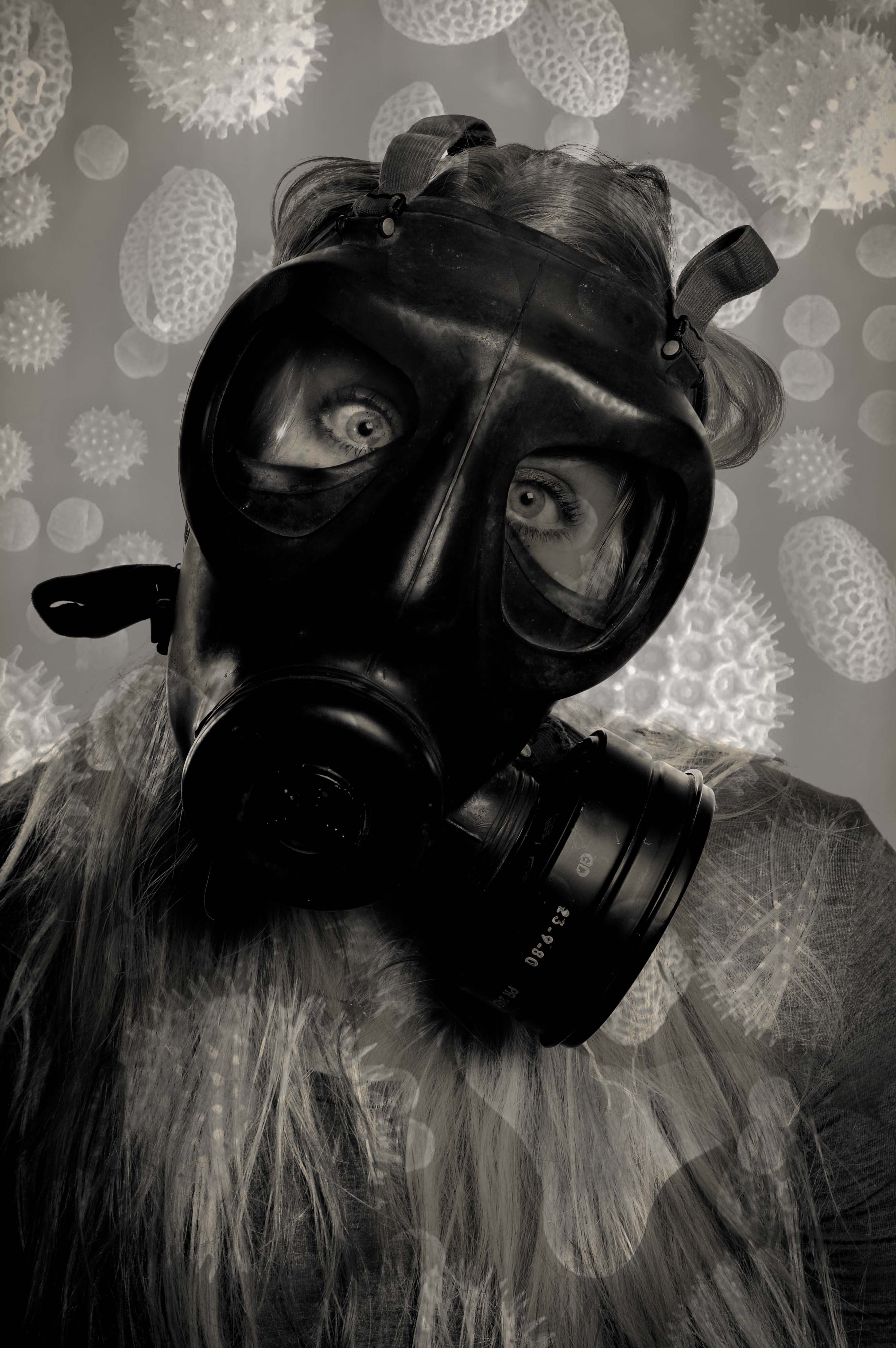



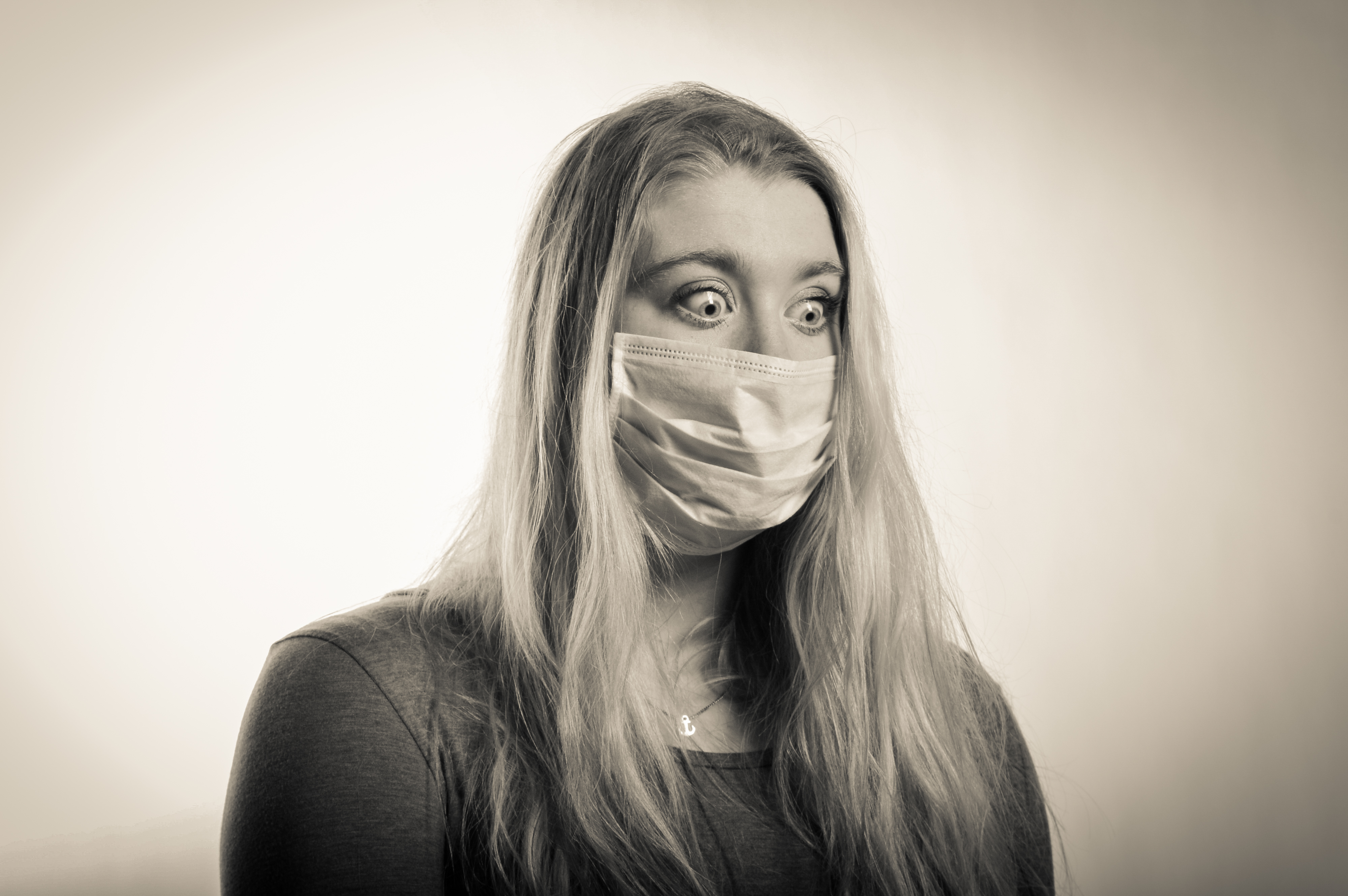


























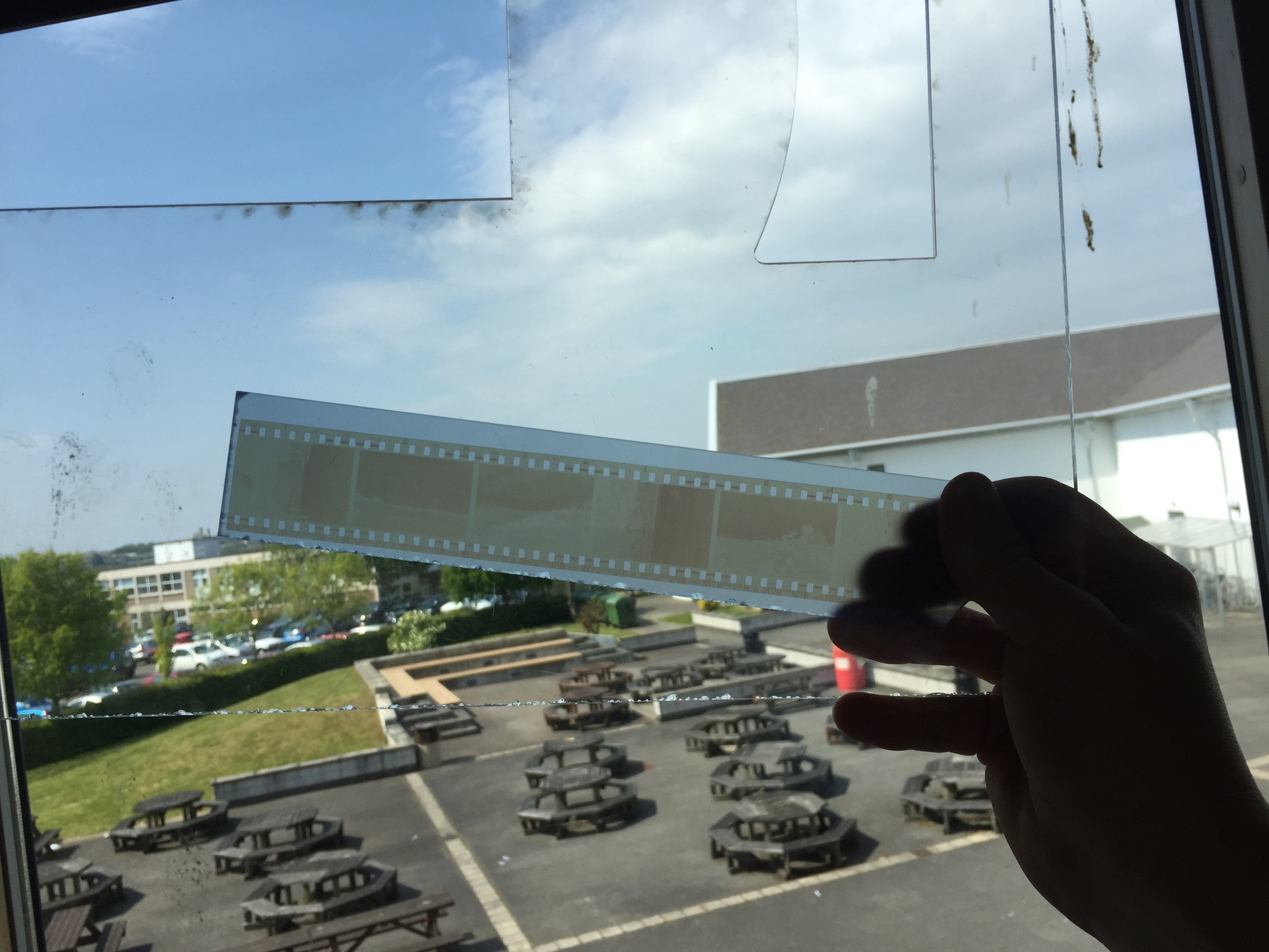











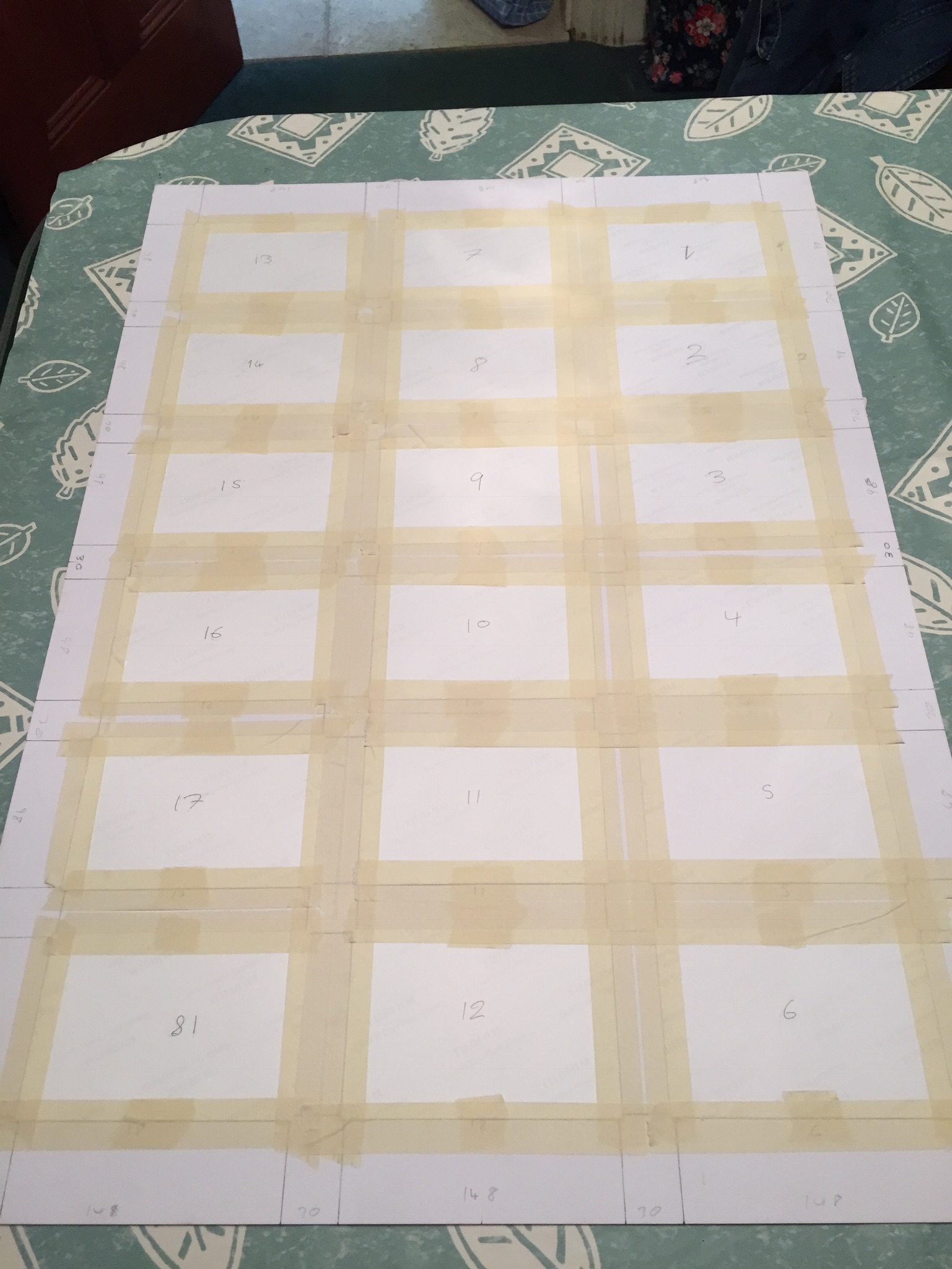














 Above I have added a few images depicting my finished final presentations of my favourite outcomes from this project. I love my use of window mounts, story boards, triptychs and diptychs to present my work and feel as my outcomes really extenuate the meaning behind my project. What I think makes this collection so successful is that each set of images displays a different message and is presented using a different type of photographic practice. This variety has produced a really interesting and intriguing project, with something that hopefully every one can emotionally respond to. My favourite outcomes above are my large collection of waste to energy images because of the precise way I managed to fit each one together in a story board. As well as this I also really like my documentary plastic pollution outcomes on the bottom left as the double window mount technique has produced very professional and clean looking outcomes.
Above I have added a few images depicting my finished final presentations of my favourite outcomes from this project. I love my use of window mounts, story boards, triptychs and diptychs to present my work and feel as my outcomes really extenuate the meaning behind my project. What I think makes this collection so successful is that each set of images displays a different message and is presented using a different type of photographic practice. This variety has produced a really interesting and intriguing project, with something that hopefully every one can emotionally respond to. My favourite outcomes above are my large collection of waste to energy images because of the precise way I managed to fit each one together in a story board. As well as this I also really like my documentary plastic pollution outcomes on the bottom left as the double window mount technique has produced very professional and clean looking outcomes. Lastly I have presented my final photo book layout as an online link and contact sheet above whilst I wait for the physical copy to come down in the post. The reason I decided to create a book as well as many final prints is because I think it is a really nice way to bring all my outcomes together, showing my journey as well as thoroughly getting across some environmental awareness. I love the layout I have created above as I have really showed how each shoot works together, getting across the same message in different ways. The facts that I have gathered from my previous research throughout this project give some amazing context to my images as well as emphsising there meaning and the harsh truth of our environmental impact.
Lastly I have presented my final photo book layout as an online link and contact sheet above whilst I wait for the physical copy to come down in the post. The reason I decided to create a book as well as many final prints is because I think it is a really nice way to bring all my outcomes together, showing my journey as well as thoroughly getting across some environmental awareness. I love the layout I have created above as I have really showed how each shoot works together, getting across the same message in different ways. The facts that I have gathered from my previous research throughout this project give some amazing context to my images as well as emphsising there meaning and the harsh truth of our environmental impact.